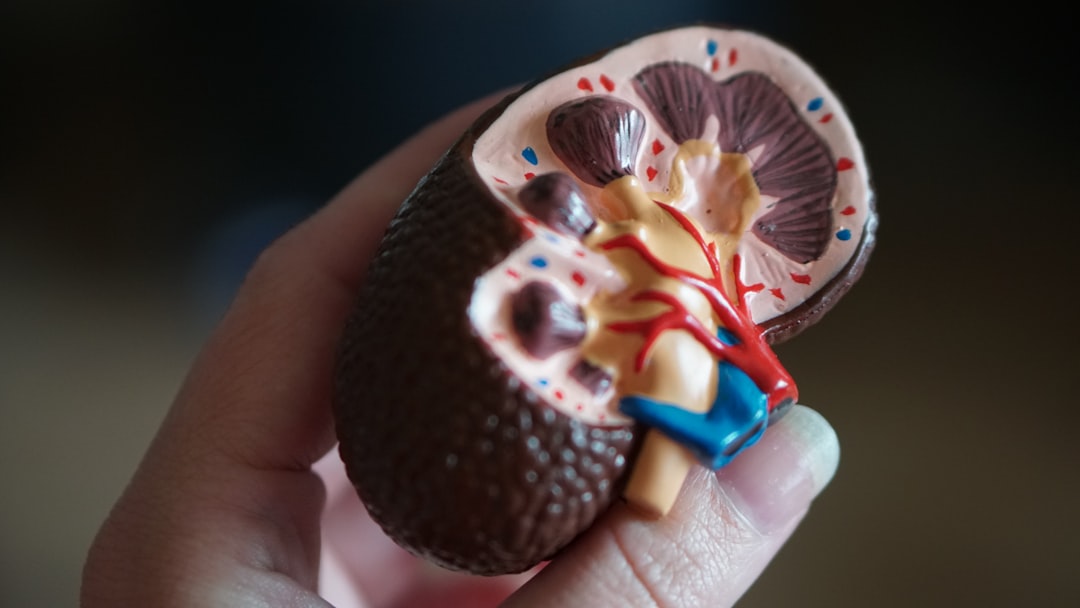What is it about?
Ruggieri et al. (2015) proposed a modified Weibull stress model incorporating plastic strain effect and employed it in combination with the distribution of measured toughness values from one specimen geometry to predict fracture toughness distribution of another specimen geometry, and also estimated reference temperature for the Master Curve approach from small fracture specimens. This discussion raises the concern on the transferability of the characteristic fracture toughness between a two-parameter Weibull distribution of fracture toughness inherent to the modified Weibull stress model and a three-parameter Weibull distribution of measured toughness values or for the Master Curve approach. It also emphasizes the necessity for the modified Weibull stress model as a cumulative density function to conform to the probability normalization requirement.
Featured Image
Read the Original
This page is a summary of: A discussion of “An engineering methodology for constraint corrections of elastic–plastic fracture toughness – Part II: Effects of specimen geometry and plastic strain on cleavage fracture predictions” by C. Ruggieri, R.G. Savioli, R.H. Dodds [Eng. Fra..., Engineering Fracture Mechanics, March 2016, Elsevier,
DOI: 10.1016/j.engfracmech.2016.02.052.
You can read the full text:
Contributors
The following have contributed to this page










